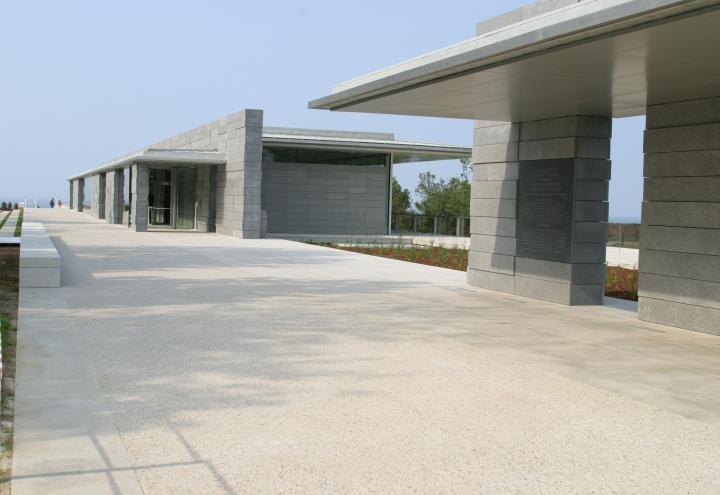
In the event of a government shutdown, the American Battle Monuments Commission (ABMC) will not be affected. In September 2016, Congress provided full-year funding to ABMC for FY 2017 (October 1, 2016 through September 30, 2017.).

During Memorial Day weekend 2017, ABMC sites throughout the world paid tribute to the men and women buried and memorialized overseas.
Up until a spring day in April 1942, about five months after the attack on Pearl Harbor, the Japanese likely felt a sense of invincibility against Allied forces. All of this changed on April 18, 1942.
The French-American friendship is as old the United States. The American Battle Monuments Commission partnered with the U.S. Embassy in Paris and the U.S. World War I Centennial Commission to mark an important milestone in this friendship—the United States entering World War I.
In World War II, the Korean War and the Vietnam War, millions of Americans served far from home. In the various conflicts, service members fought in the waters of the Atlantic and Pacific. They traversed mountains in Italy, France, Korea and Vietnam.

Facilities, including the visitor center and restrooms at Normandy American Cemetery will be closed on Thursday, April 13, 2017 from 9:00 a.m. to noon due to utility work in the area. (This is the expected closure time.
As the end of World War II becomes more distant, ABMC cemeteries, in coordination with local organizations, create and host unique tributes to the men and women honored at these sites.

The attack on Pearl Harbor on December 7, 1941 shocked the nation, and jolted the United States into World War II. U.S. forces posted in the Philippines had little time to prepare for war.

Congress declared war on Germany on April 6, 1917, formally bringing the United States into World War I, a conflict that had been ongoing for nearly three years.
